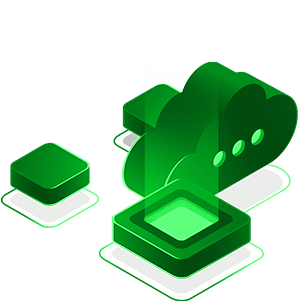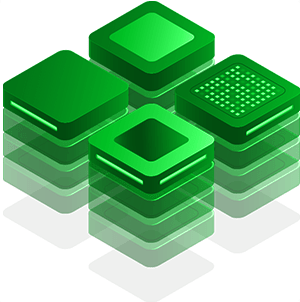Check the full range of our Clouds Solutions
Cloud computing has revolutionized the way businesses manage, store, and access data and applications. Cloud Computing Solutions offer scalable, cost-effective, and flexible IT resources, enabling organizations to innovate, collaborate, and scale rapidly. This guide explores the benefits, key components, and considerations of Cloud Computing Solutions for businesses of all sizes.
Understanding Cloud Computing Solutions
Cloud Computing Solutions encompass a range of services and technologies delivered over the internet, enabling users to access computing resources on-demand. Key components include

| Infrastructure as a Service (IaaS) | Virtualized computing resources such as servers, storage, and networking infrastructure provided as a service. | |
| Platform as a Service (PaaS) | Development and deployment environments for building, testing, and hosting applications without the complexity of managing underlying infrastructure. | |
| Software as a Service (SaaS) | Cloud-based software applications accessed via the internet on a subscription basis, eliminating the need for on-premises software installation and maintenance. |
Benefits of Cloud Computing Solutions
Cloud Computing Solutions offer numerous benefits to businesses seeking to modernize their IT infrastructure

| Scalability | Easily scale computing resources up or down based on demand, allowing businesses to accommodate fluctuating workloads and seasonal peaks. | |
| Cost Efficiency | Pay only for the resources consumed on a pay-as-you-go basis, eliminating the need for upfront capital investment in hardware and software. | |
| Flexibility and Agility | Rapidly deploy and provision new services and applications, enabling faster time-to-market and innovation. | |
| Reliability and Redundancy | Cloud providers offer high availability, redundancy, and disaster recovery capabilities to ensure continuous service availability and data protection. | |
| Accessibility and Collaboration | Access cloud-based applications and data from anywhere, on any device, enabling remote work and collaboration among geographically dispersed teams. |
Key Components of Cloud Computing Solutions
Cloud Computing Solutions comprise various components and services tailored to meet specific business needs

| Compute | Virtualized computing resources such as virtual machines (VMs), containers, and serverless computing platforms for running applications and workloads. | |
| Storage | Scalable and durable storage solutions for storing and accessing data, including object storage, block storage, and file storage services. | |
| Networking | Virtual networks, load balancers, and content delivery networks (CDNs) for connecting cloud resources, optimizing performance, and enhancing security. | |
| Security | Identity and access management (IAM), encryption, firewall, and security monitoring services to protect cloud infrastructure and data from cyber threats. | |
| Management and Monitoring | Tools and services for provisioning, managing, and monitoring cloud resources, optimizing performance, and ensuring compliance with security and governance policies. |
Considerations for Adopting Cloud Computing Solutions
Before adopting Cloud Computing Solutions, businesses should consider the following factors

| Business Needs and Objectives | Align cloud adoption strategy with business goals, priorities, and regulatory requirements to maximize the value of cloud investments. | |
| Data Security and Compliance | Ensure cloud providers adhere to industry standards and compliance regulations governing data privacy and security. | |
| Vendor Selection | Choose a reputable cloud provider with a strong track record, reliability, and security measures to safeguard business-critical data and applications. | |
| Migration Strategy | Develop a comprehensive migration strategy to move existing workloads and applications to the cloud while minimizing disruption to business operations. | |
| Cost Management | Optimize cloud spending by monitoring usage, rightsizing resources, and leveraging cost-saving measures such as reserved instances and spot instances. |
Conclusion
Cloud Computing Solutions offer businesses the agility, scalability, and cost-efficiency needed to thrive in today's digital economy. By leveraging cloud-based infrastructure, platforms, and applications, organizations can accelerate innovation, enhance collaboration, and drive business growth while minimizing IT complexity and overhead.
